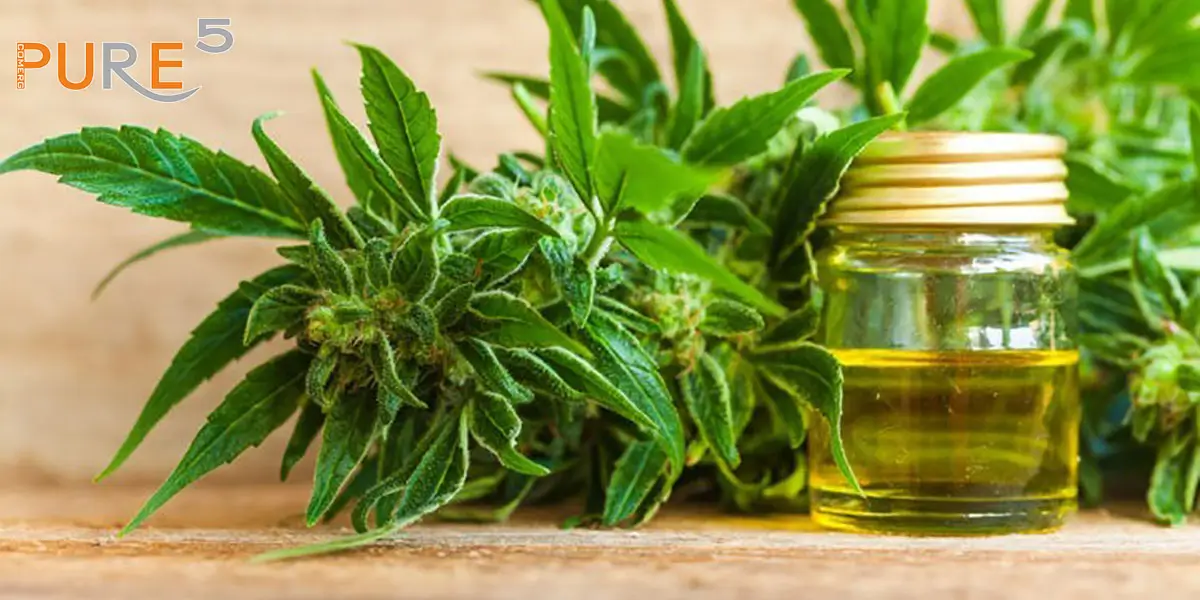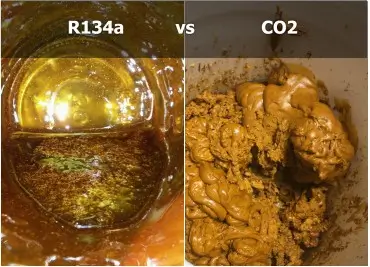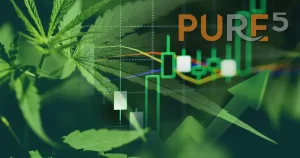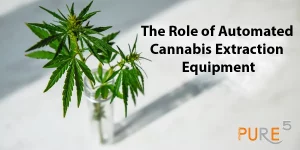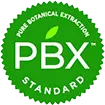Introduction
Cannabis oil extraction has gained significant attention in recent years due to the growing interest in the potential therapeutic and commercial applications of cannabis-derived products. Cannabis oil, extracted from the cannabis plant, contains cannabinoids such as THC and CBD, which have been studied for their various medicinal properties. Understanding the amount of oil that can be extracted from a given quantity of cannabis is crucial for several reasons.
Table of Contents
ToggleFirstly, extraction provides an understanding of the efficiency of obtaining strain-specific concentrated forms of active compounds, allowing producers to optimize their processes for maximum yield, viscosity, and cost. Secondly, knowing the oil yield per kg of cannabis is essential for estimating production costs and profitability in both medicinal and recreational cannabis markets. Additionally, researchers and policymakers rely on accurate data regarding oil extraction yields to make informed decisions about regulatory frameworks and industry standards.
This article aims to explore the factors influencing oil yield from cannabis, the various extraction methods employed, and the significance of understanding oil yield per kg of cannabis in the broader context of cannabis oil production and utilization.
Cannabis Oil Extraction Methods
Cannabis oil extraction methods vary widely in complexity, efficiency, and cost. Each method employs different techniques to isolate cannabinoids and other desirable compounds from the cannabis plant. Here is an overview of some standard extraction methods.
Overview of Standard Extraction Methods
1. Ethanol Extraction: This method involves using solvents such as ethanol, methanol, or isopropyl alcohol to dissolve cannabinoids and other compounds from the plant material. The solvent is then evaporated to leave behind a concentrated oil extract. While solvent extraction can be highly selective, proper safety measures must be taken to ensure the removal of residual solvents from the final product.
2. CO2 Extraction: CO2 extraction involves using carbon dioxide under high pressure and temperature to extract cannabinoids from the plant material. This method is favored for its ability to produce organic extracts, although the use of additional solvents, such as ethanol, is required to purify the final extract. CO2 extraction can be performed using various techniques, such as supercritical and subcritical extraction, each offering different advantages in terms of yield and selectivity.
3. Hydrocarbon Extraction: Hydrocarbon extraction methods, such as butane or propane extraction, involve using hydrocarbon solvents to extract cannabinoids and terpenes from the cannabis plant. Since the process is extremely flammable, this solvent extraction method requires careful handling to ensure safety and the removal of residual solvents from the final product.
4. Aerosol Extraction: Solventless extraction methods eliminate the need for chemical solvents, relying instead on mechanical or physical means to extract cannabinoids from the plant material. One such method is utilizing R134a gas, developed by PURE5™ Extraction. This solventless technique uses compressed gas to separate cannabinoids from the plant material. This method offers several advantages, including superior purity, minimal post-processing, and reduced environmental impact compared to solvent-based methods.
Comparison of efficiency and yield among different methods
The efficiency and yield of cannabis oil extraction methods depend on various factors, including the quality of the starting material, the extraction parameters (such as temperature, pressure, and extraction time), and the equipment used. While solvent extraction methods may offer high yields, they often require additional post-processing steps to remove residual solvents.
Factors Influencing Oil Extraction Efficiency
Several factors can influence the efficiency of oil extraction from cannabis, including:
- The cannabinoid profile of the plant material
- The moisture content of the plant material
- The particle size and consistency of the plant material
- The extraction temperature and pressure
- The duration of the extraction process
- Type of the media used for extraction
Understanding these factors is essential for optimizing extraction processes and maximizing oil yield from cannabis. Researchers and industry professionals continually explore new techniques and innovations to improve the efficiency and sustainability of cannabis oil extraction methods.
Yields per Kg of Cannabis
Understanding the yield per kilogram of cannabis is crucial for various production aspects, including cost estimation, product quality assessment, and process optimization. This section explores the factors influencing yield and provides insights into typical yields obtained from cannabis extraction processes.
Yield measurement
The yield is typically measured as the percentage of oil extracted from a given quantity of cannabis material, usually expressed as a percentage of the starting material’s weight. For example, if 1000 grams of cannabis plant material yields 100 grams of oil, the yield would be 10%.
Factors affecting the yield
Several factors influence the oil yield obtained from cannabis extraction, including:
- Cannabinoid content: The concentration of cannabinoids, such as THC and CBD, in the cannabis plant material significantly impacts the oil yield. Plants with higher cannabinoid content tend to yield more extract.
- Plant variety: Different cannabis strains have varying oil content levels, affecting the overall yield. Some strains are explicitly bred for higher oil production.
- Extraction method: The choice of extraction method can significantly influence oil yield. Depending on extraction efficiency and parameters, solvent-based methods may yield higher quantities of oil than solventless methods.
- Extraction parameters: Extraction temperature, pressure, and duration are crucial in determining oil yield. Optimizing these parameters can improve yield and quality.
- Plant preparation: Proper preparation of cannabis material, including drying, grinding, and decarboxylation, is necessary, as it can enhance oil extraction efficiency and yield.
Case studies of typical yields
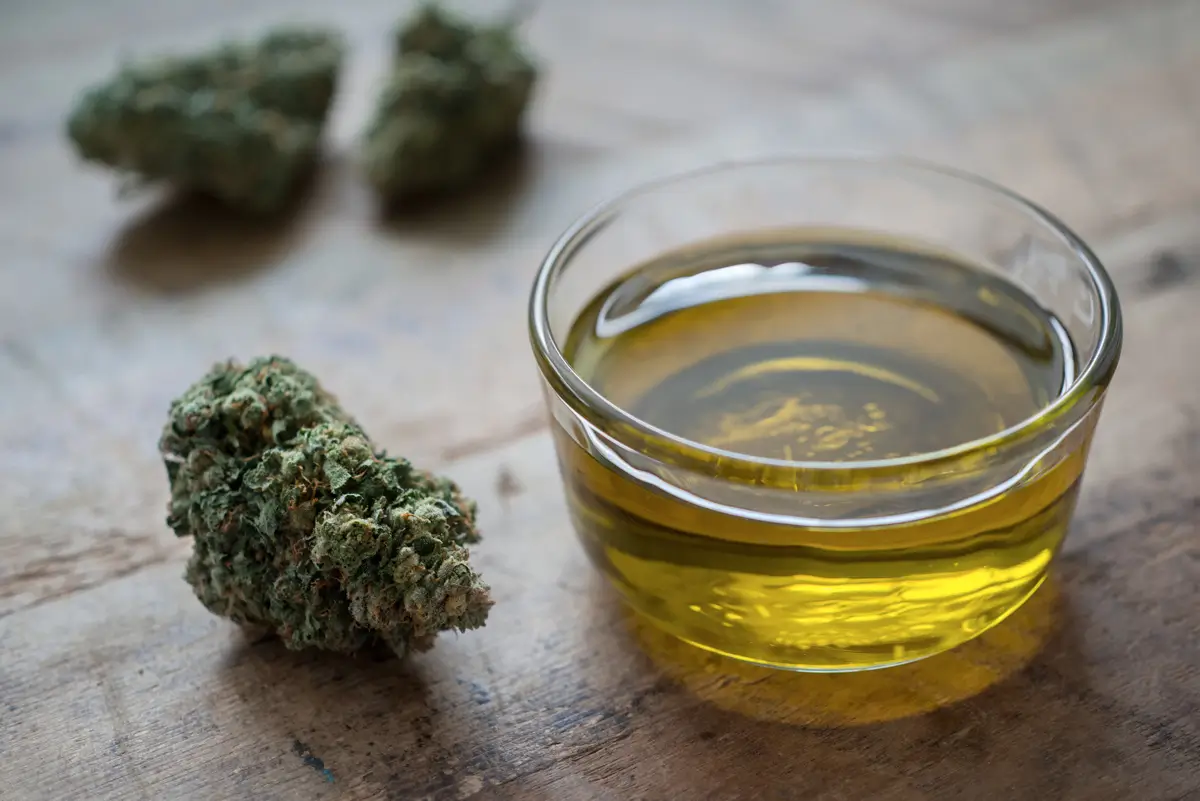
Understanding the yield per kilogram of cannabis is essential for producers to estimate production costs accurately, assess the economic viability of extraction processes, and ensure consistent product quality. By optimizing extraction methods and considering key factors influencing oil yield, producers can achieve higher yields and produce high-quality cannabis oil products.
Maximizing Extraction Efficiency
Maximizing extraction efficiency is paramount for cannabis producers seeking to optimize their processes and yield high-quality products. This section delves into strategies and considerations for enhancing extraction efficiency and maximizing oil yield from cannabis.
Strategies for optimizing oil extraction
1. Optimal Extraction Parameters: Fine-tuning extraction parameters such as temperature, pressure, and extraction duration is crucial for maximizing oil yield. Understanding the optimal conditions for specific extraction methods and cannabis varieties can significantly improve efficiency.
2. Proper Plant Preparation: Adequate preparation of cannabis material before extraction is essential for efficient oil extraction. This includes drying the plant material to an optimal moisture content, grinding it to a consistent particle size, and decarboxylating it is necessary to activate the cannabinoids.
3. Equipment Selection: Choosing the right extraction equipment tailored to the operation’s needs can significantly impact extraction efficiency. High-quality extraction equipment, such as those designed for precise control over extraction parameters, can improve yield and product quality.
4. Process Optimization: Continuously evaluating and refining extraction processes through experimentation and data analysis can improve efficiency over time. Identifying and eliminating bottlenecks or inefficiencies in the extraction workflow can help maximize oil yield and reduce production costs.
Importance of proper handling and storage
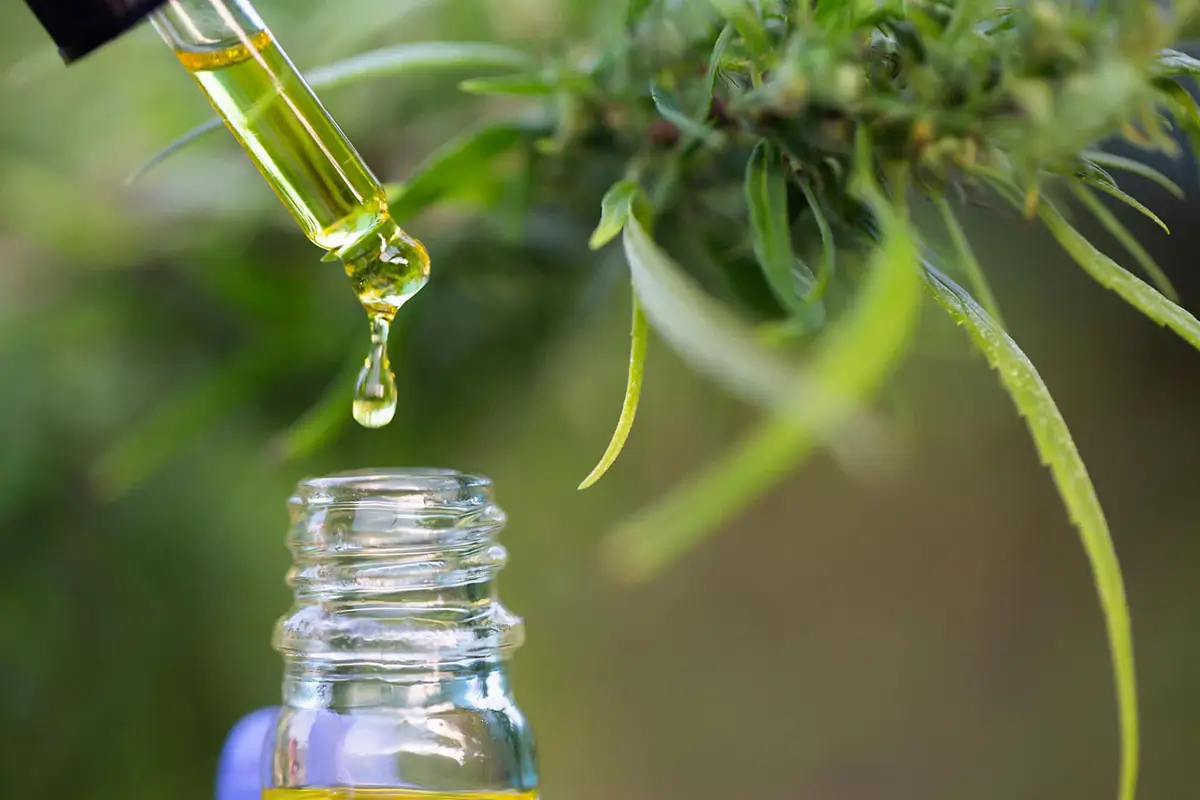
Maximizing oil extraction efficiency requires combining scientific knowledge, technical expertise, and operational excellence. By implementing strategies for optimizing extraction processes, ensuring proper handling and storage of cannabis material, and maintaining regulatory compliance, producers can achieve higher yields, improve product quality, and remain competitive in the rapidly evolving cannabis industry.
Conclusion
In conclusion, achieving optimal oil yield per kilogram of cannabis is paramount for cannabis extraction operations. Throughout this article, we’ve explored factors influencing oil yield and discussed strategies for maximizing extraction efficiency. From cannabinoid content to extraction methods and processing parameters, each aspect plays a crucial role in determining the success of cannabis extraction endeavors.
Moreover, we emphasized the importance of proper handling and storage practices to maintain product quality and integrity. By adhering to regulatory standards and industry best practices, producers can ensure the safety and consistency of their products while building trust with consumers and regulatory bodies.
Innovations in extraction technology, such as those introduced by PURE5™ Extraction, are revolutionizing the cannabis industry. Its cutting-edge equipment utilizes a gentle extraction process that preserves the natural constituents of botanicals, yielding superior end products. Unlike conventional methods reliant on harsh solvents or extreme temperatures, PURE5™ prioritizes safety, efficiency, and affordability.
Surpassing traditional extraction techniques like CO2, butane, propane, or ethanol, PURE5™ offers a more streamlined and economical solution for cannabis extraction. Embracing such pioneering technologies will be vital for producers to remain competitive and meet consumers’ ever-growing demands in the advancing cannabis landscape. By emphasizing quality, efficiency, and sustainability in this dynamic and rapidly expanding market, producers can unlock new opportunities for growth and success.

